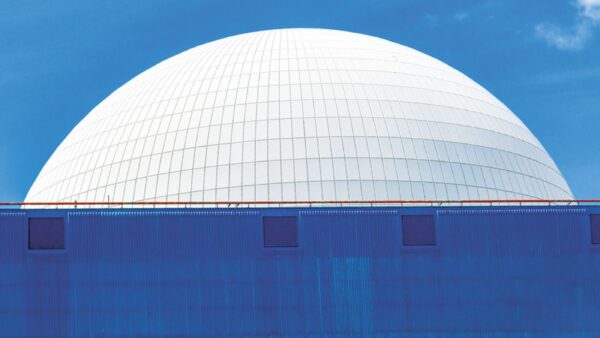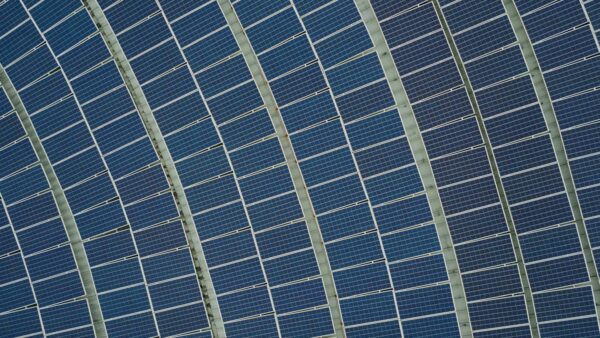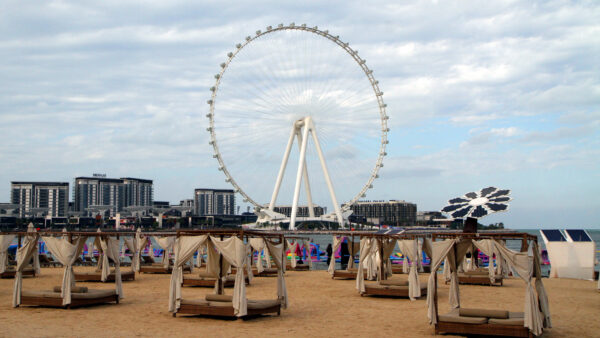American energy company SGH2 is planning the world’s largest green hydrogen production facility at the City of Lancaster, in the northern suburbs of Los Angeles. The plant will use SGH2’s plasma heating process for making hydrogen from recycled mixed paper waste.
SGH2, a subsidiary of Washington, DC energy company Solena Group, will “gasify” the waste paper. This entails heating it to around 4,000°C, causing the waste to disintegrate into its constituent molecules and reform as a gas that, after further processing, is 99.99% hydrogen.
The Los Angeles Times reports that Solena is one of a number of companies offering hydrogen technology in California, however this proposal caught the attention of Lancaster mayor Rex Parris. Parris agreed to fast-track Solena’s application and to provide it with the city’s waste paper.
According to a press release from SGH2, the City of Lancaster will host and co-own the green facility. When complete, the plant will be able to produce up to 11,000kg of hydrogen per day, “nearly three times more than any other green hydrogen facility, built or under construction, anywhere in the world”.
Parris commented: “This is game-changing technology. It not only solves our air quality and climate challenges by producing pollution-free hydrogen. It also solves our plastics and waste problems by turning them into green hydrogen, and does it cleaner and at costs far lower than any other green hydrogen producer.”
The plant, which is expected to cost around $55m, will be the first to use “plasma torch” technology to generate the necessary heat. This works by passing an electric current through a gas to create a plasma – a state of matter in which electrons are stripped from the nuclei of atoms.
The technique was developed by Nasa in the 1980s to recreate the heat experienced by a space ship on re-entry to the Earth’s atmosphere. Salvador Camacho, one of the engineers who helped develop the process, was the co-founder of Solena.
According to the company, the hydrogen produced by this process produced about two-thirds less carbon than electrolysis and renewable energy, and is up to seven times cheaper.
California’s largest owners and operators of hydrogen refueling stations are in negotiation to purchase the plant’s output over the next 10 years.
Image: The City of Lancaster photographed after a snowstorm (Basil D Soufi/CC BY-SA 3.0)
Further reading:






